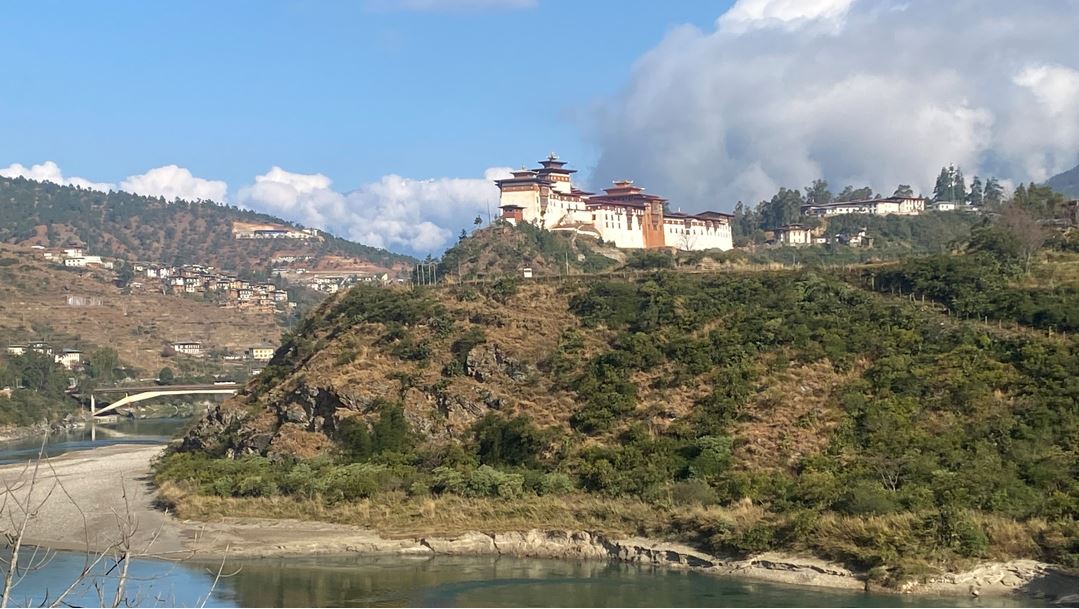- Home
- Tours & Treks
- Contact
- Bhutan on the Map
- Bhutan for Tourism
- Bhutan Happiness
- People of Bhutan
- Visa for Bhutan
- Best time to visit Bhutan
- Bhutan Visa-Entry Permit to Bhutan
- Bhutan Flights
- How to travel to Bhutan
- Flights to Bhutan
- Bhutan Festival
- Punakha Festival
- Thimphu Dromchen
- Thimphu Festival Tour
- Tangbi Mani Festival
- Jakar Festival
- Paro Festival
- Black Necked Cranes Festival
- Ura Yakchoe Festival
- Kurjey Festival

 Wangdue Phodrang Dzong, commonly known as Wangdue Dzong, is a prominent fortress monastery located in the town of Wangdue Phodrang in central Bhutan. “Dzong” translates to “fortress” in the Bhutanese language, and these structures serve both as administrative centers and religious institutions.
Wangdue Phodrang Dzong, commonly known as Wangdue Dzong, is a prominent fortress monastery located in the town of Wangdue Phodrang in central Bhutan. “Dzong” translates to “fortress” in the Bhutanese language, and these structures serve both as administrative centers and religious institutions.